Image of Madagascan snake wins 2019 British Ecological Society photography competition
- Published
The British Ecological Society has announced the winners of its annual photography competition, with first place going to an image of a Malagasy tree boa.
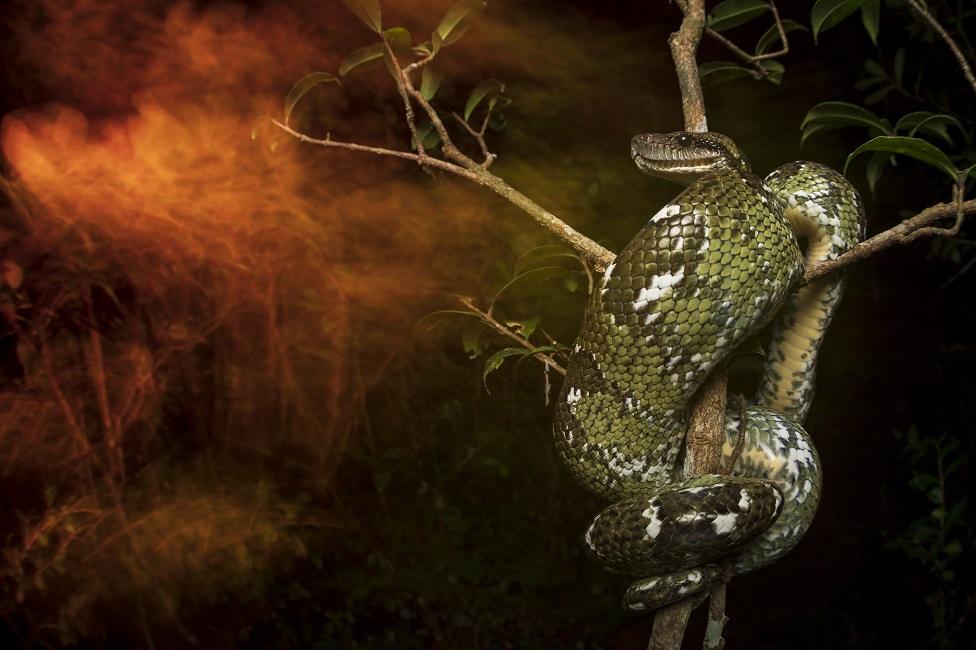
Winning photographer Roberto Garcia Roa said: "Unfortunately, many areas of Madagascar are suffering huge anthropic pressures, including poaching and fires, and big snakes are becoming increasingly difficult to see.
"During my visit to Madagascar, I had the pleasure of finding this outstanding snake and photographing it.
"To offer a dramatic scenario reflecting the conditions that these snakes are suffering, I used an external red light as a source of light and severe blurring to capture the environment."
The winning images will be exhibited at the society's annual conference, external, in Belfast, between 10 and 13 December. They will then be displayed at Ulster Museum, from 11 February 2020.
Here are runner-ups and category winners from the competition, including descriptions by photographers.

Overall runner up: Autumn texture, by Mikhail Kapychka
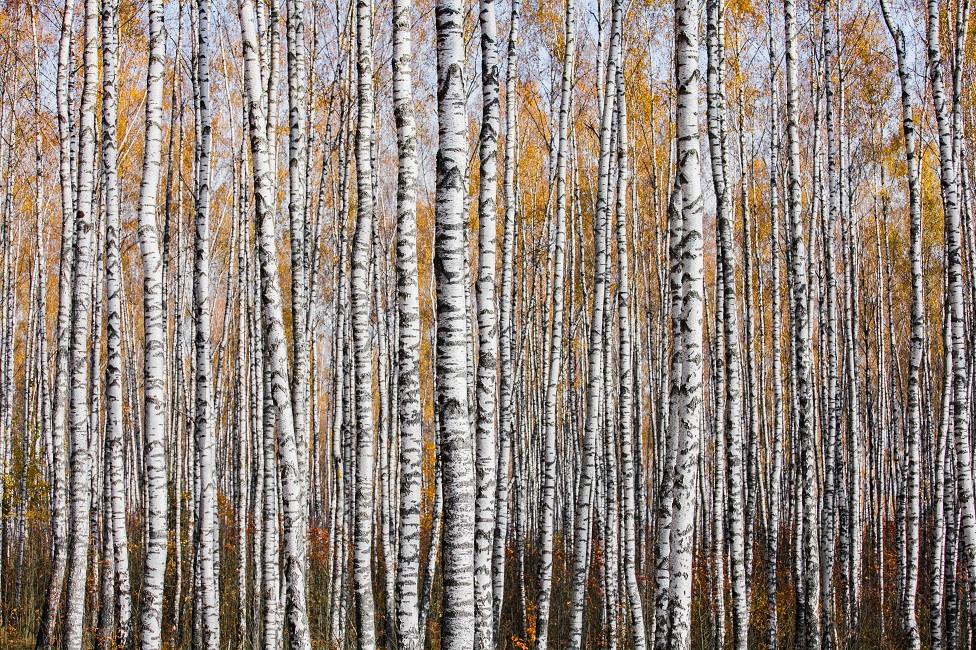
A birch forest in autumn in the Mogilev region, Belarus.
Overall student winner: Flames in flumes, by Nilanjan Chatterjee
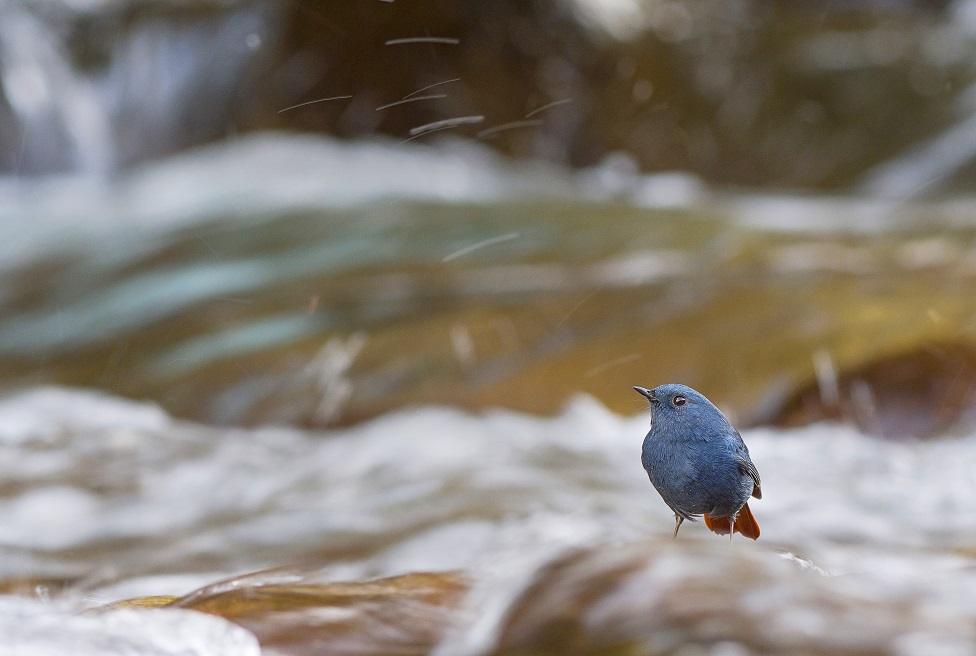
"A male plumbeous water-redstart [Phoenicurus fuliginosus] is photographed in its habitat, where it looks for occasional mayflies and insects emerging out of water."
Are you seeing the same as me? by Pablo Javier Merlo
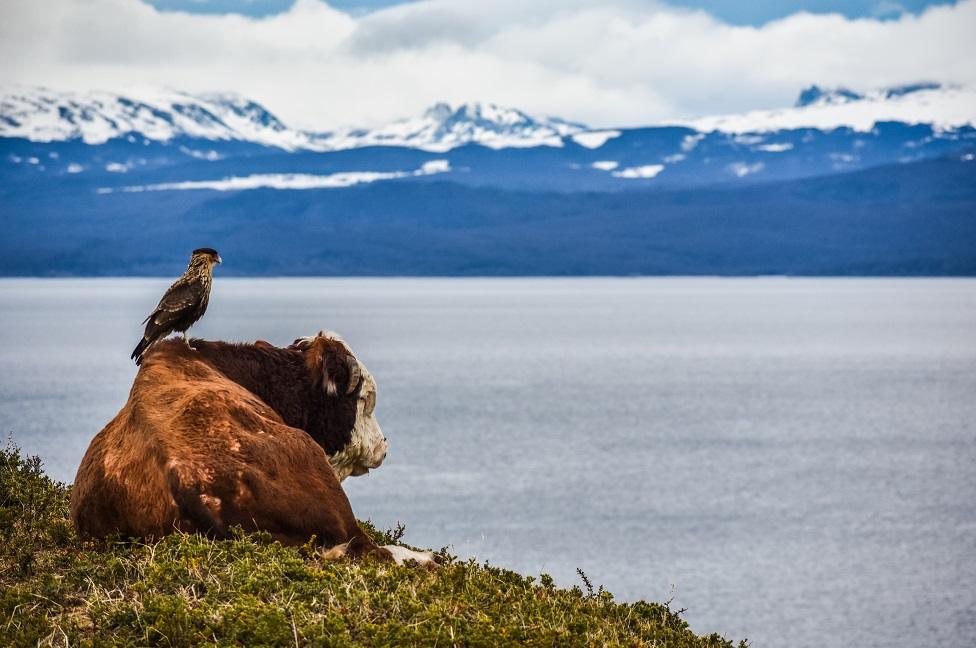
"A cow and a Milvago chimango bird contemplate the breathtaking Beagle Channel, [between Chile and Argentina,] where the sea and the southernmost mountains of the Andes draw a landscape."
Capturing tundra vegetation change, by Gergana Daskalova
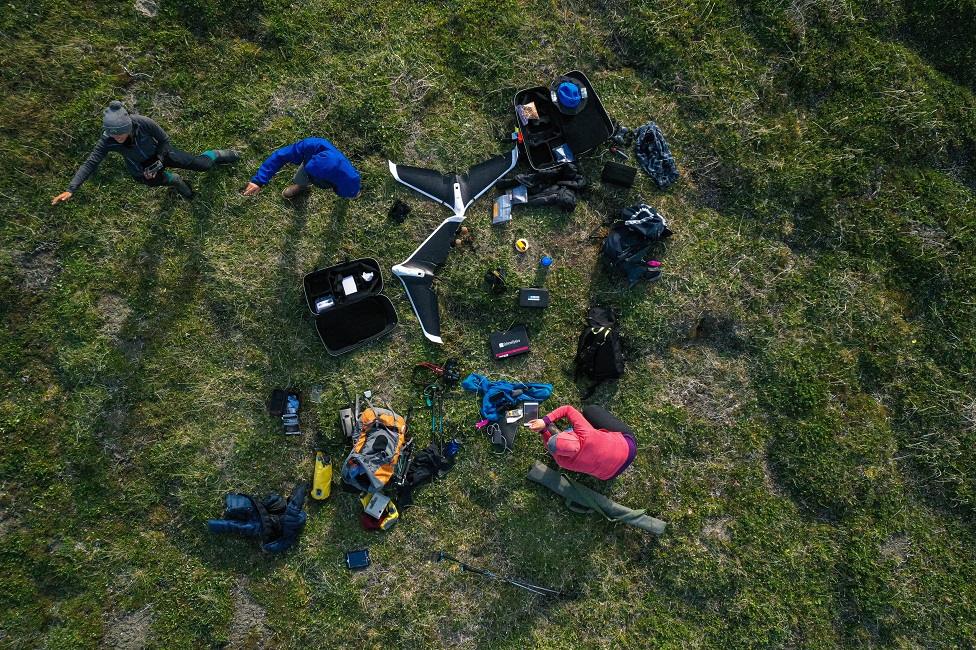
"The tundra is warming faster than any other region in the world but we can only survey little parts of these rapidly changing landscapes on foot.
"Using drones, we can capture a bigger picture of how climate change is altering northern ecosystems.
"On Qikiqtaruk-Herschel Island, [Canada,] that means carrying around many big bags full of equipment, making for a picnic-like spread amidst the cotton-grass tussocks."
Fluorescence, by Roberto Garcia Roa
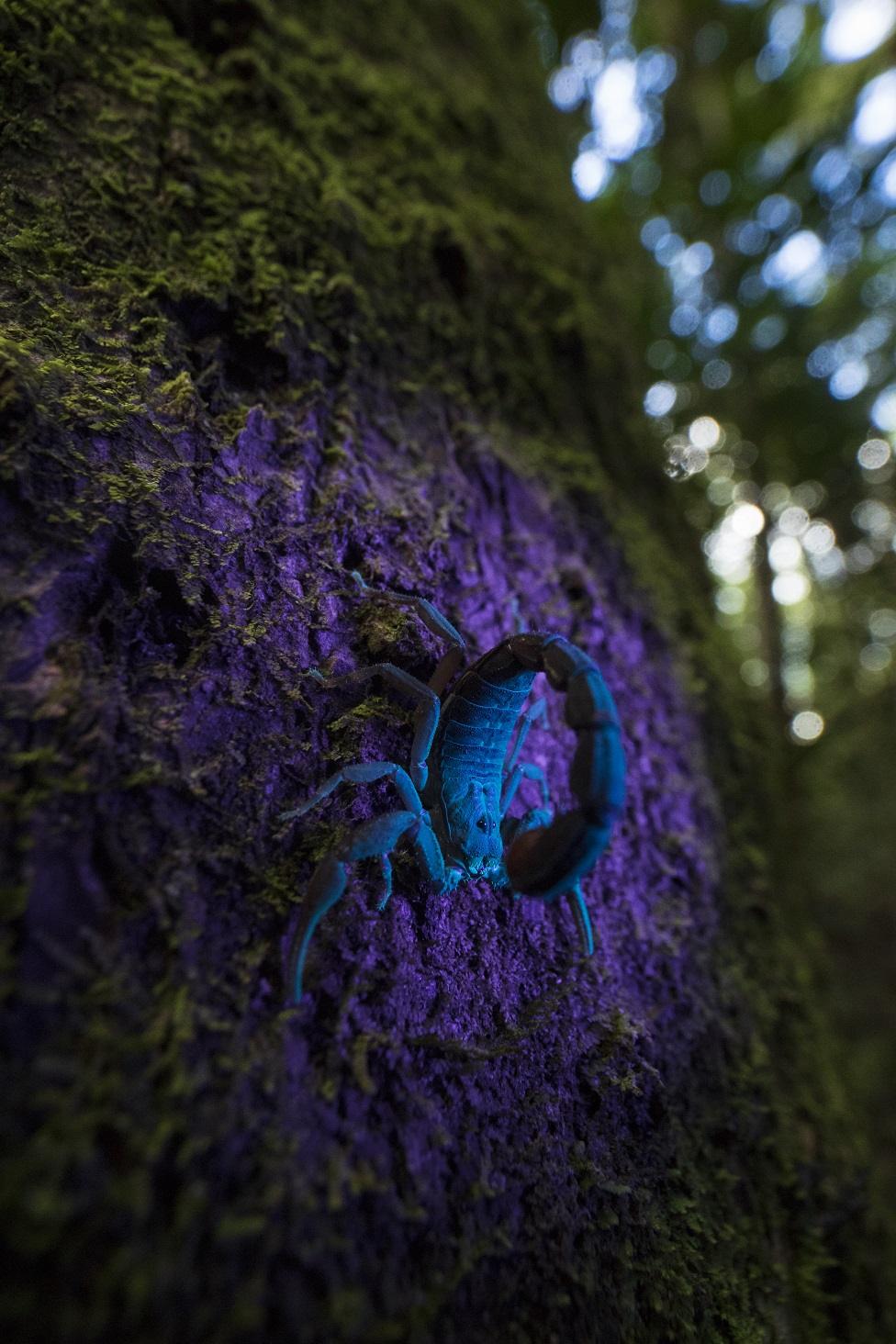
"Fluorescence is a biological phenomenon seen across kingdoms, from bacteria to animals, [including] this small scorpion found in Madagascar."
For the love of Flamingoes, by Peter Hudson
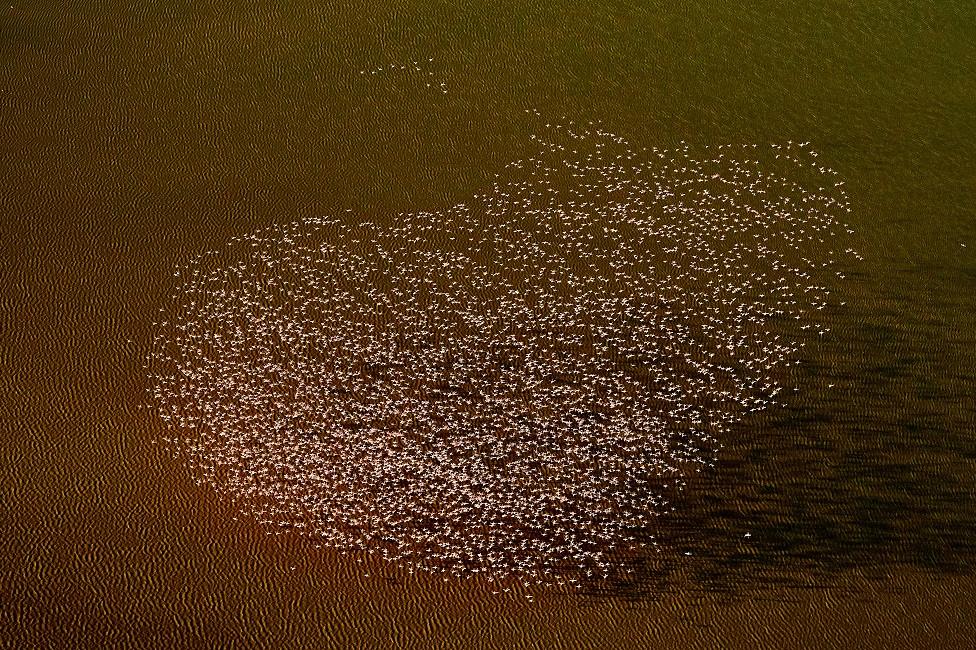
"Flamingoes are all legs and necks but, at the same time, graceful and fascinating.
"When flying high over Lake Magadi, [Kenya,] I watched this flock form themselves into a heart shape."
Harlequin, by Khristian V Valencia
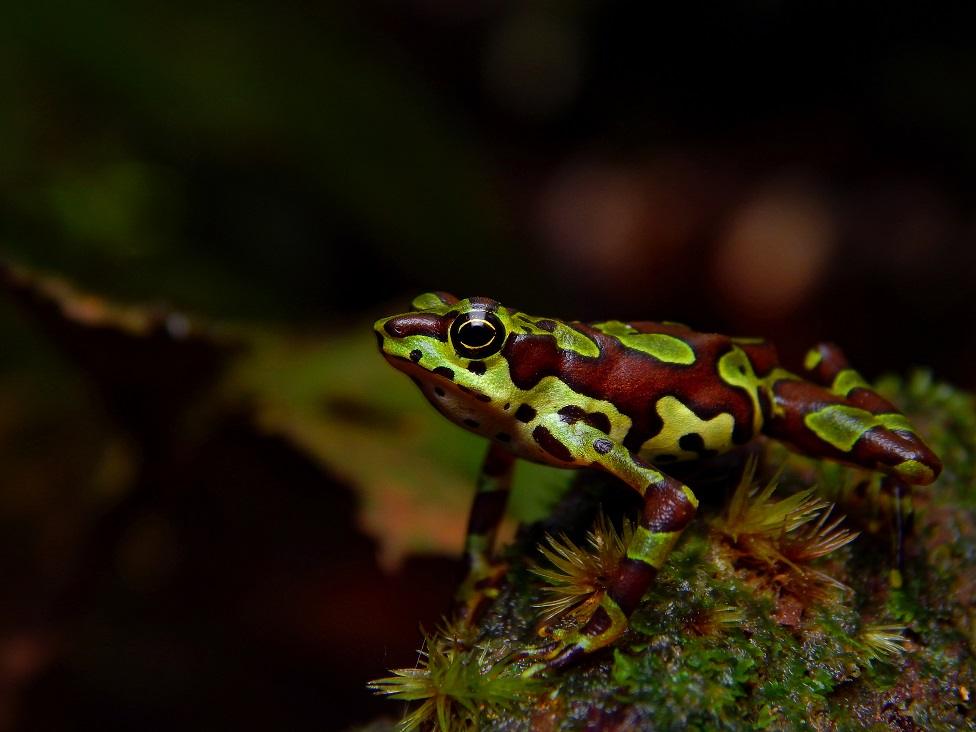
"In a time of global environmental crisis, harlequin frogs face imminent extinction.
"Our charismatic friend Atelopus spurrelli, steps through the jungles of the Colombian Choco, struggling to survive."
The Rhino's Annual Haircut, by Molly Penny

"During my stay in South Africa, I was fortunate enough to be involved in the horn trimming of four southern white rhinos.
"Rhinos have their horns trimmed annually to help prevent them being killed.
"It was an amazing experience and one I will never forget."
Sleeping still, by Felix Fornoff
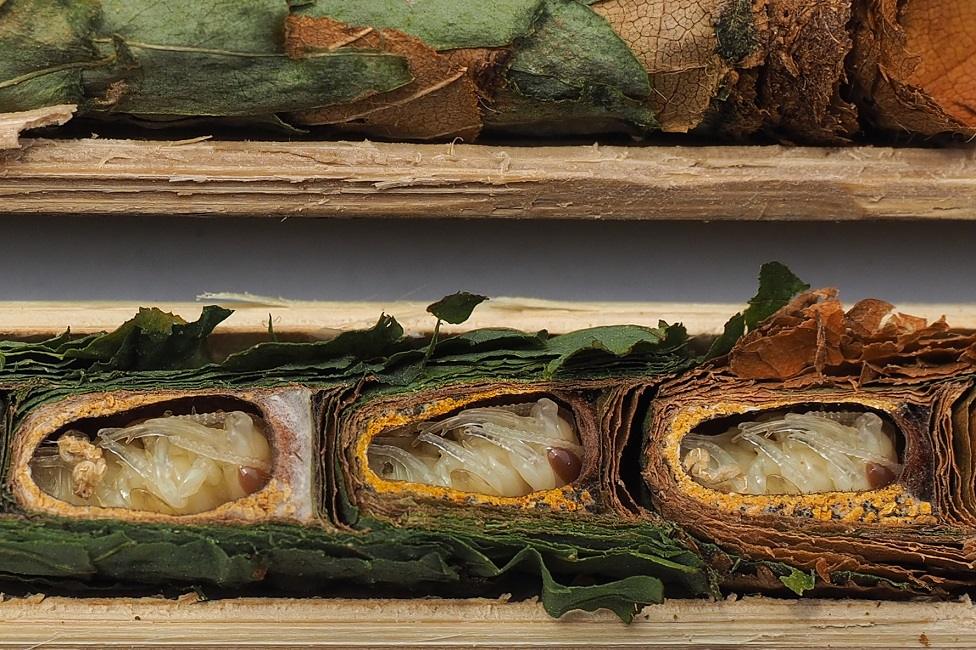
"Leafcutter bee (Megachile) offspring develop in nests made from ovate leaf cuttings thoroughly arranged in multiple buffering layers by their mother bees.
"The pigmentation of the pupas' eyes indicates the approaching end of metamorphoses and the arrival of the spring of their lives."
Small Warrior, by Roberto Garcia Roa
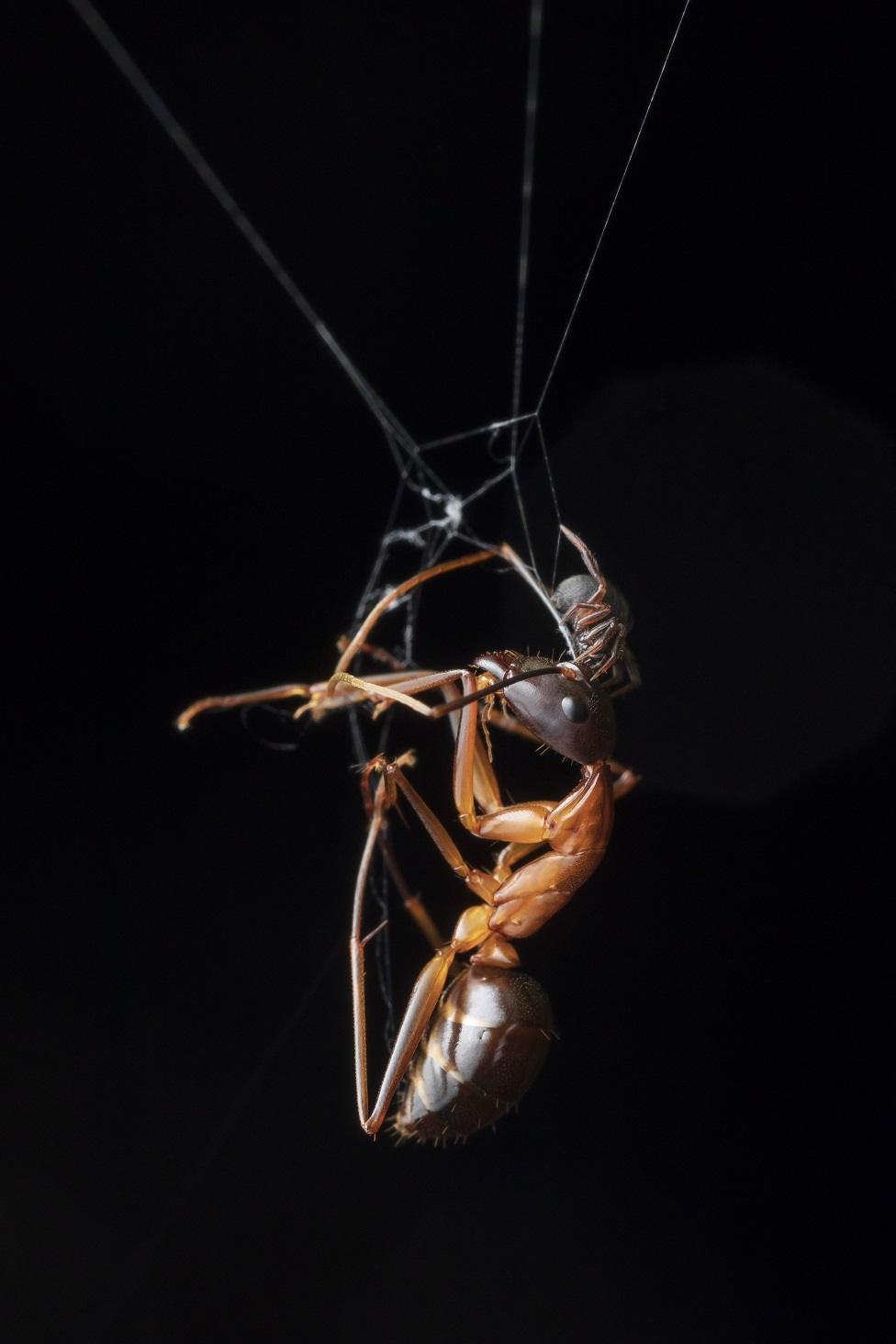
"Size matters in nature, but not always. Spiders are interesting animals that have evolved different strategies (eg venom or their complex webs) to cope with the problem of being smaller than their prey or predators.
"As an example, this tiny spider I found in Malaysia had captured an ant whose size was much bigger than the spider."
Teeny tiny world, by Sanne Govaert

"This tiny mushroom (Mycena) was growing inside a rotten tree trunk.
"Due to the microclimatic conditions inside the trunk, condensation had formed on the Mycena."
Thawing away, by Gergana Daskalova

"The Arctic is rapidly warming but, for most of us, it is hard to imagine just how large the shifts in northern ecosystems can be.
"Here, a human silhouette is dwarfed by the size of a retrogressive thaw slump on Qikiqtaruk-Herschel Island, in Canada."
Watchful, by Khristian V Valencia
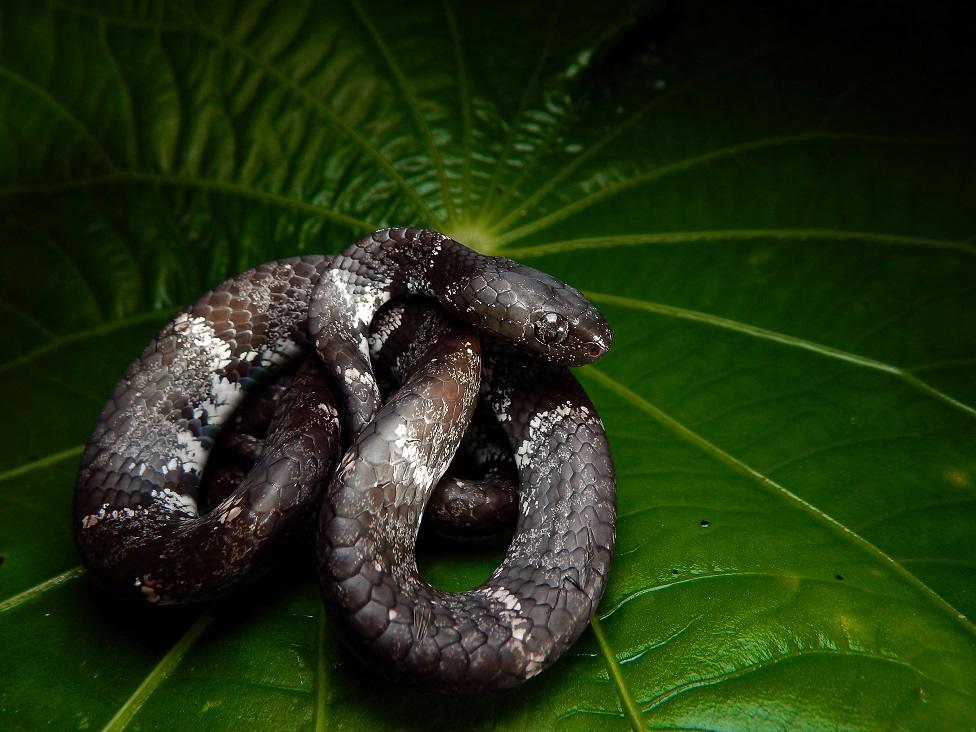
"Sibon nebulatus travels through the Colombian tropical forests in anonymity.
"It is considered as a leading actor of the night that travels its path through the lower vegetation in search of prey, females and home."
Why did the sloth cross the road? by Andrew Whitworth
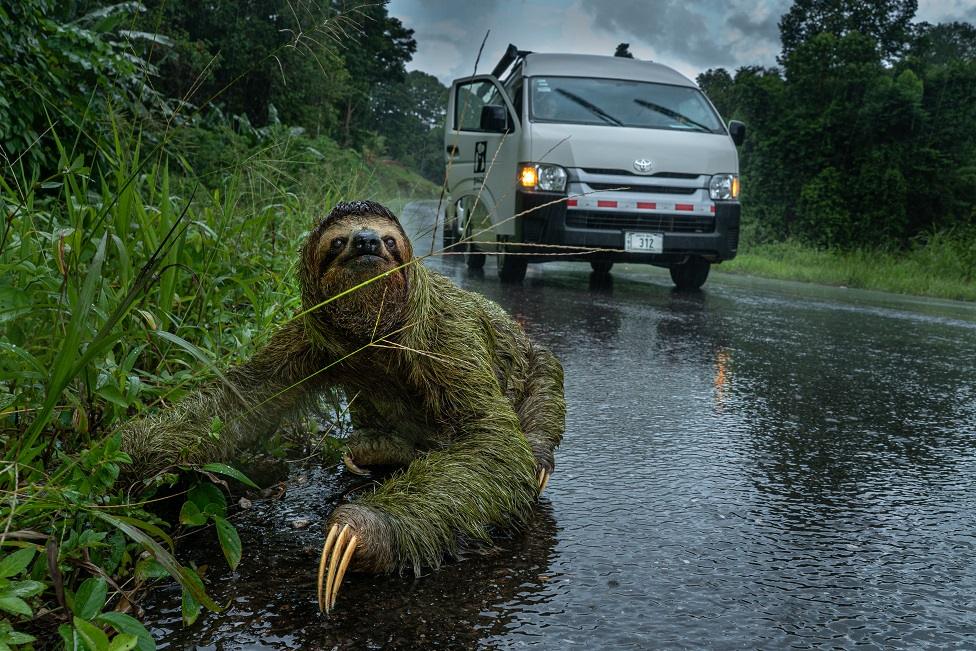
"I was driving out from the Osa Peninsula located on the southern Pacific of Costa Rica on a dark stormy day.
"This female three-toed sloth (Bradypus variegatus) had luckily just about made it across the road and the driver of the Toyota on this occasion had spotted her in good time."
.